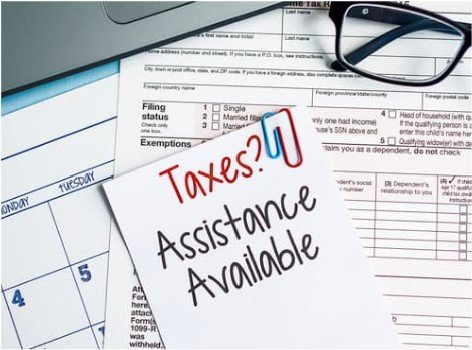WordPress Development: A Complete Guide to Building Powerful Websites

Introduction
WordPress has revolutionized website development, powering over 40% of websites worldwide. Whether you’re a beginner or an experienced developer, mastering WordPress development can help you create high-performing, scalable, and customizable websites. This guide will walk you through the essentials of https://webdevelopments.us/, including themes, plugins, customizations, and best practices.
What is WordPress Development?
WordPress development refers to the process of designing, coding, and managing websites using WordPress. It involves working with themes, plugins, and custom functionalities to build websites tailored to specific needs.
Key Aspects of WordPress Development:
- Theme Development: Creating custom themes to control website appearance.
- Plugin Development: Building add-ons to enhance functionality.
- Custom Development: Modifying core features to meet business needs.
- Security & Performance Optimization: Ensuring speed, security, and efficiency.
Getting Started with WordPress Development
1. Set Up a Local Development Environment
Before you start coding, you need a local development environment. Popular tools include:
- Local by Flywheel
- XAMPP
- MAMP
- Docker for WordPress
2. Learn WordPress Core Technologies
To become a WordPress developer, you should have a strong grasp of:
- HTML, CSS, JavaScript – For front-end design and interactivity.
- PHP & MySQL – For back-end development and database management.
- REST API – For integrating WordPress with other applications.
3. Understanding WordPress Themes
A WordPress theme dictates the layout and design of a website. You can:
- Use pre-built themes from the WordPress Theme Directory.
- Develop a custom theme using template files, functions.php, and the WordPress loop.
- Work with child themes to modify existing themes without affecting updates.
4. Mastering WordPress Plugin Development
Plugins extend WordPress functionality without altering core files. Key steps in plugin development include:
- Creating a plugin folder in wp-content/plugins/.
- Writing a PHP file with a plugin header.
- Using WordPress hooks (actions & filters) to integrate features.
- Following security and performance best practices.
5. Custom Post Types & Taxonomies
Custom post types allow you to go beyond posts and pages. For example:
function create_custom_post_type() {
register_post_type('portfolio', array(
'labels' => array('name' => __('Portfolio')),
'public' => true,
'has_archive' => true,
'supports' => array('title', 'editor', 'thumbnail')
));
}
add_action('init', 'create_custom_post_type');WordPress Development Best Practices
1. Follow Coding Standards
Adhering to WordPress Coding Standards ensures clean and maintainable code.
2. Keep WordPress Secure
- Use sanitization & validation to prevent security vulnerabilities.
- Implement SSL encryption and secure authentication.
- Regularly update WordPress core, themes, and plugins.
3. Optimize for Performance
- Use caching plugins (WP Rocket, W3 Total Cache).
- Optimize images using Smush or ShortPixel.
- Minify CSS, JavaScript, and HTML files.
- Use a Content Delivery Network (CDN) for faster load times.
4. SEO Optimization
- Install Yoast SEO or Rank Math plugins.
- Optimize URLs, meta descriptions, and headings.
- Use structured data markup for better search visibility.
Advanced WordPress Development Techniques
1. Developing with WordPress REST API
The REST API allows you to integrate WordPress with other platforms and applications.
add_action('rest_api_init', function() {
register_rest_route('custom/v1', '/data/', array(
'methods' => 'GET',
'callback' => 'custom_function'
));
});2. Creating Custom Gutenberg Blocks
The Gutenberg editor enables block-based design. You can build custom blocks using React.js and JavaScript.
3. WordPress Multisite Development
Multisite allows multiple websites to be managed from one installation, ideal for networks of blogs or business franchises.
Conclusion
WordPress development is a powerful skill that allows you to create customized, high-performing websites. By mastering themes, plugins, custom post types, and advanced techniques like the REST API and Gutenberg blocks, you can take your WordPress skills to the next level. Whether you’re building personal blogs or enterprise-level websites, the possibilities with WordPress are endless.




